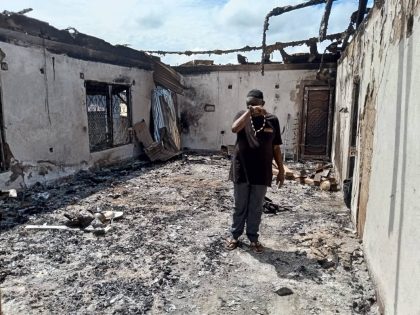The Noise of Cairo
Last month the Daily Beast decided that Cairo had lost its voice. It reminded me of a New York Times article which renamed Cairo The City Where You Can’t Hear Yourself Scream. It’s a city (or something), not a commercial for cough medicine. This seems to be a commonplace for writing about cities in developing countries; the overwhelming noise of the city, this truism dictates, has deprived its inhabitants the self-expression you see in the hushed sanctuary of a Western metropolis. Does this mean the sound of the traffic heard by the correspondent from on taxi journeys between the airport, hotel, meetings, dinner and airport. What about the suburbs which corral the city? This dramatises the Arab Spring as a deprivation – rather than an extraordinary realisation of – voice. This kind of writing has too often forgotten that cities in America and the UK have witnessed an array of diverse and innovative acts of police aggression against protesters.
Now, the Beast has tried to characterise a ‘threat to contemporary art’ by Egyptian ‘Islamists’. They quote Weaam El-Masry, who is concerned, no doubt rightly, that her sketches of globular naked women will provoke negative reactions from conservatives. The suggestion, however, that these works are ‘risque by almost any standards’ is untrue. Dark allusions to potential ‘Islamist’ aggression does not serve the art community, who remain committed to representing themselves.
Events in the last year have raised some important questions and some real challenges to art: can a vibrant community be sustained while self-expression is restricted by a political elite, education system, widespread poverty and conservativism? Since the revolution, the country – and Cairo in particular – has seen a significant influx of foreign journalists in search of artists. Things like ‘The Noise of Cairo’ – a documentary (which interviews some of the artists I’ve mentioned in recent posts) by German filmmaker, Heiko Lange, seem to celebrate 2011 as a new opportunity for artistic self-expression. And yet a widespread conclusion in the international media finds revolutionary art embarrassingly straightforward. The truth is probably more complex – although the best art of the post-Mubarak era has not yet been made, the revolution has posed some difficult and valuable problems which are already being worked through. Suggestions that making art is impossible in Egypt are unhelpful, and journalism that hears Egyptian self-expression as a stifled scream is deeply suspect.



















